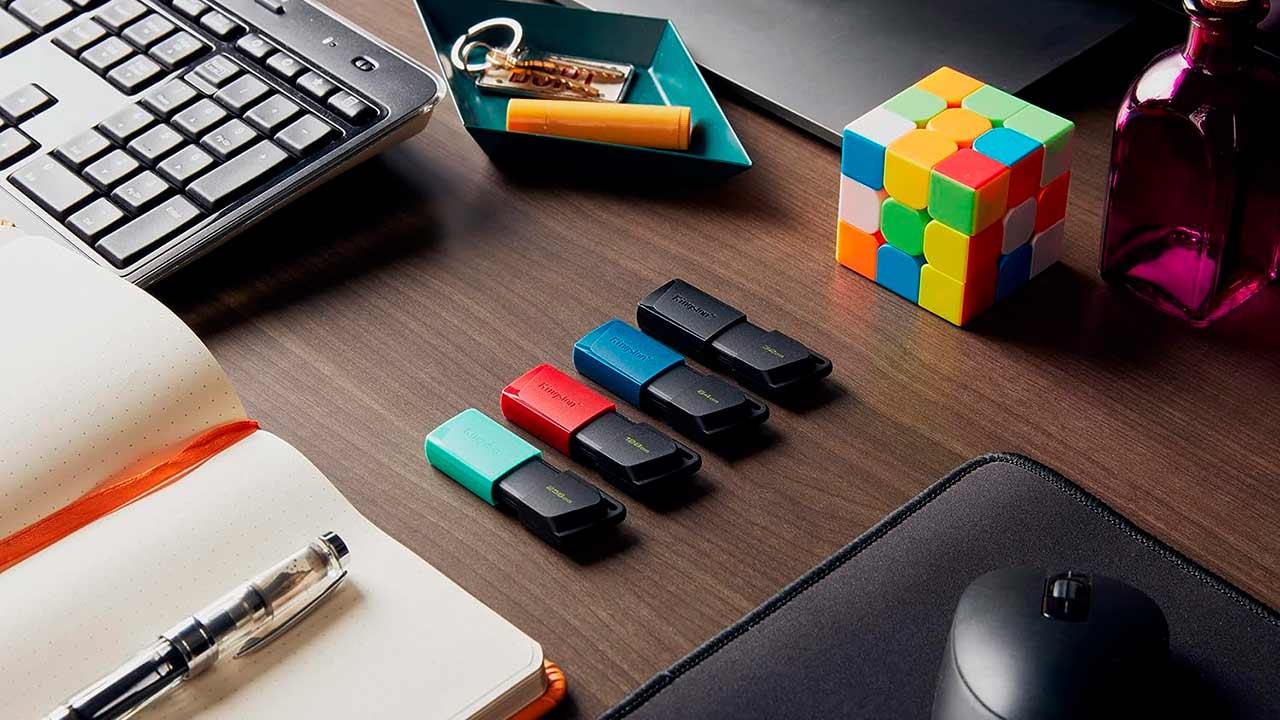Creating a bootable Windows 11 USB key is a very simple process to carry out, since Microsoft offers us an application to carry out the process, without requiring any IT knowledge. However, this is not the only method we can use, although it is the simplest of all. If we want to ignore some Windows 11 requirements during installation, we must use the alternative method offered by Rufus, an application that we will talk about later.
Create a bootable Windows 11 USB drive
As we mentioned above, we have two options to create a bootable Windows USB: using the Microsoft tool Create installation media or via the app Rufus.
Create Windows installation media
The first thing we need to do is download this application directly from the official Microsoft website, which we can access from this link. It is a small application that allows us to create installation media via an ISO image which also downloads the application.
It is an application that does not need to be installed, so once downloaded you just have to run it. The first thing we must do is accept the license terms, otherwise we will not be able to continue the process.
Then the application will analyze our equipment and invite us to choose the language we want to use during installation. In the Edition section we can only select Windows 11.
In the next window it prompts us to choose if we want to create a bootable USB drive (USB key) or if we want to download the ISO image. To create a USB key to install Windows, you must select the first option USB key and insert the USB drive with 8 GB space and click Following.
In the next window we select the unit that we have connected to the computer, that is, the USB stick and click on next. All that remains is to wait for the process to complete, a process that may take some time. between 10 and 15 minutes depending on the speed of our connection and the writing speed of the USB stick.
Rufus
Another method that we can also use to create a Windows 11 bootable drive is to use the Rufus app. This application takes care of downloading the Windows ISO image from Microsoft servers and, before creating the installation unit, selects the requirements that we want to ignore during the installation process.
Rufus is a free application that we can download here in a portable version, so there is no need to install it on your computer. and it is fully translated into Spanish. Once we have downloaded it, we run it to access the main panel. To the right of Boot Choice, tap the inverted triangle to select the option DOWNLOAD.
Then we click on the DOWNLOAD button and all the available options will be displayed and where we must select Windows 11 and click on Continue
In the Editing section we leave the option that is displayed as in Architecture (it does not offer alternatives). Finally, we click Download and establish the path where the Windows ISO will be downloaded.
Once the download is complete, the application will show us different options to customize the bootable drive that we are going to create Windows:
Once we have selected all the options, we just have to click OK and wait for the process to complete.
Create a Windows 10 USB bootable
The steps are exactly the same for Windows 10, although the Create Installation Media tool is another tool that we can download from here. The process to create a bootable USB stick differs only by the version of Windows we want to install. Windows 10 is available in 32 and 64 bit versionswhile Windows 11 is only in 64-bit version.
To know which version of Windows we can install on our PC, we must access the Windows configuration options (Win + i) and access the menu System > About. System Type indicates whether your computer has a 32-bit (x86) or 64-bit (x64) processor.
Table of Contents















